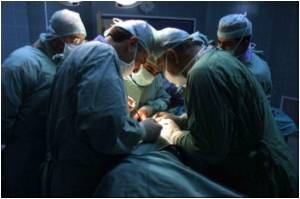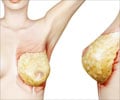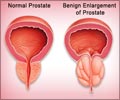
The study will be published online May 23 in the Annals of Surgery.
After sutures are removed, the edges of a healing incision are pulled in different directions by the taut, surrounding skin, causing scar tissue to thicken and spread. The novel dressing, which the authors refer to as a "stress-shielding device," eliminates this tension and hence a considerable amount of scarring.
"This work actually started 20 years ago when I was an intern at Massachusetts General Hospital," said lead author Geoffrey Gurtner, MD, professor and associate chair of surgery. "I realized early on that we were not going to solve the problem of scarring with current surgical tools and techniques."
Co-author Reinhold Dauskardt, PhD, professor of materials science and engineering in the School of Engineering, recalled a meeting he had with Gurtner that launched the effort to create a stress-shielding device. "We were talking about our respective research," Dauskardt said. "Geoff had a lot of experience in wound healing and was thinking about factors that led to scarring. He said, 'If only we could keep in check the mechanical forces acting on the wound.' I had multiple programs on skin biomechanics and transdermal-drug delivery. I said, 'I think I can do that.'"
Dauskardt and his colleagues created the dressing in his lab. It is made of a thin and elastic silicone plastic that is stretched over the incision after sutures have been removed. The dressing sticks to the skin with the help of an adhesive. As it contracts, it provides uniform compression across the wound.
Advertisement
The researchers predicted the dressing will be used not only to reduce scarring from incisions, but also to make the surgical revision of existing scars a more appealing option; the second scar would be much less visible, if visible at all.
Advertisement
The researchers also tested the device on roughly 1-by-1.5-inch excisions — a wound mimicking the kind caused by scar removal — and found that "stress shielding dramatically decreased scar area" compared to unshielded wounds of the same size. "The device seemed to promote regenerative-like repair rather than scar formation," the authors wrote.
Next, the researchers tested the device on nine female patients who had undergone abdominoplasties (tummy tucks). Given the quantity of tissue removed during this elective surgery, a tremendous amount of tension occurred across the wound after closure. (Scars from these procedures are typically wide and thick.) Longaker said he and his colleagues deliberately chose to test the dressing on incisions closed with high tension: If the dressing could reduce scarring in such cases, it would surely work on any other kind of incision.
One side of the abdomen-wide incision on each patient was treated with the stress-shielding dressing; the other half was not. A panel of three plastic surgeons unaffiliated with the research, as well as a panel of three people not in the medical profession, acted as judges. On a 100-point scale, the lay panel scored the appearance of stress-shielded wounds an average of 13.2 points higher than the control wounds. The expert panel scored the scar appearance of the treated incisions 39.2 points higher. In both of these analyses, the difference between the treated side and the control side were highly significant, the researchers said.
But they noted that some of the wounds demonstrated more dramatic improvement than others. They speculate this may have been due to differences in the amount of tension present in the dressings when they were applied to the wounds. In any case, the researchers cautioned that this was a preliminary clinical study designed only to show "proof of principle in humans."
"Larger clinical trials are being planned to include greater ethnic diversity within the patient population and to determine the optimal range of stress-shielding forces for anatomic region- and dimension-specific wounds," the authors wrote.
Source-Eurekalert









